An ancient form of barley, grown in Orkney for hundreds of years, is becoming an increasingly important ingredient in a range of food and drink products from the islands.
David Flanagan has been finding out more about beremeal, and its burgeoning reputation.
If you’ve never experienced an Orkney bere bannock, then you haven’t lived. This traditional flat bread has long been a staple of the Orcadian diet and, chances are, you’ll be served a chunk at some point during a visit to the islands. Try it with local cheese and you’ll not go wrong.
As the name suggests, a bannock’s key ingredient is beremeal, the flour made from bere - an ancient form of barley that’s thought to have been grown in Orkney since at least the time of the Vikings, and possibly much earlier.
It’s a robust crop, one well suited to the occasionally challenging nature of the island climate. Historically, bere has primarily been grown for malting, producing flour, and animal feed, but it’s currently enjoying something of a renaissance as a speciality ingredient, finding its way into everything from biscuits and craft vinegar, to gin, whisky and beer.
“Over the last 20 years or so we’ve gradually seen an increased interest in high provenance food and drink products,” explains Dr Peter Martin, director of Orkney College UHI’s Agronomy Institute. “These are products which have a link either to a special location, or to a special type of ingredient. Bere is very good in that it combines both of those elements.”
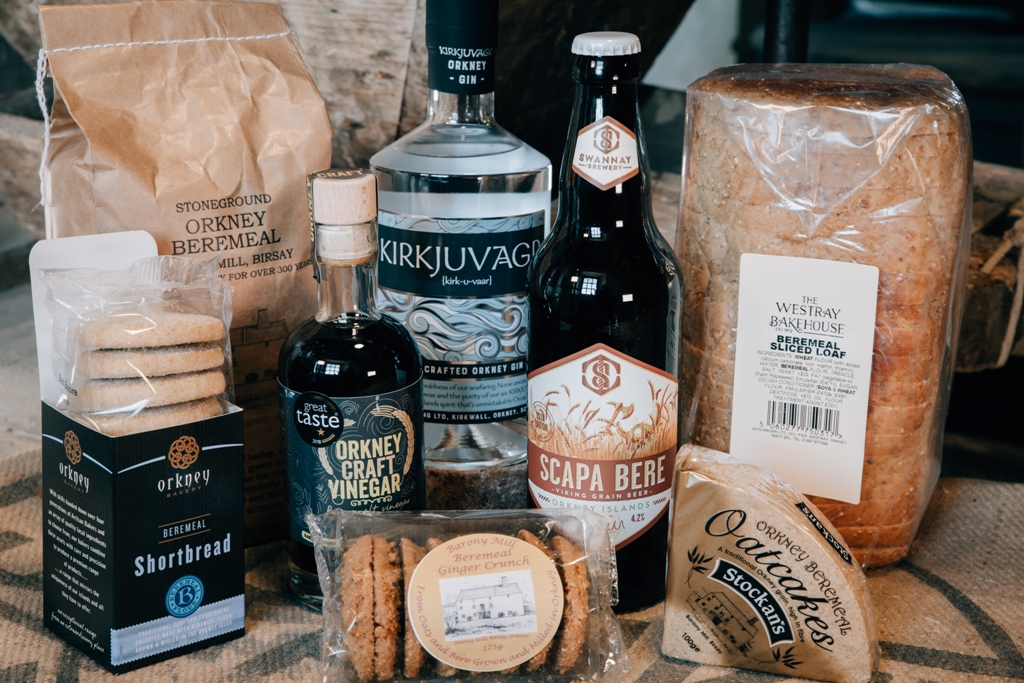
Dr Martin and his institute colleagues have been instrumental in helping drive new demand for bere within the speciality food and drink sector, along with the Birsay Heritage Trust, which operates the traditional, water-powered Barony Mill, sole producer of Orkney beremeal.
“We’ve been working with bere since the institute opened in 2002,” explains Dr Martin. “When we started we tried to diversify the market a little bit by identifying some new outlets for the crop, in whisky production and brewing. We’ve actually managed to make a lot of progress in both areas and there are now several distilleries who use, or plan to use, bere as a means of producing a very niche market whisky.”
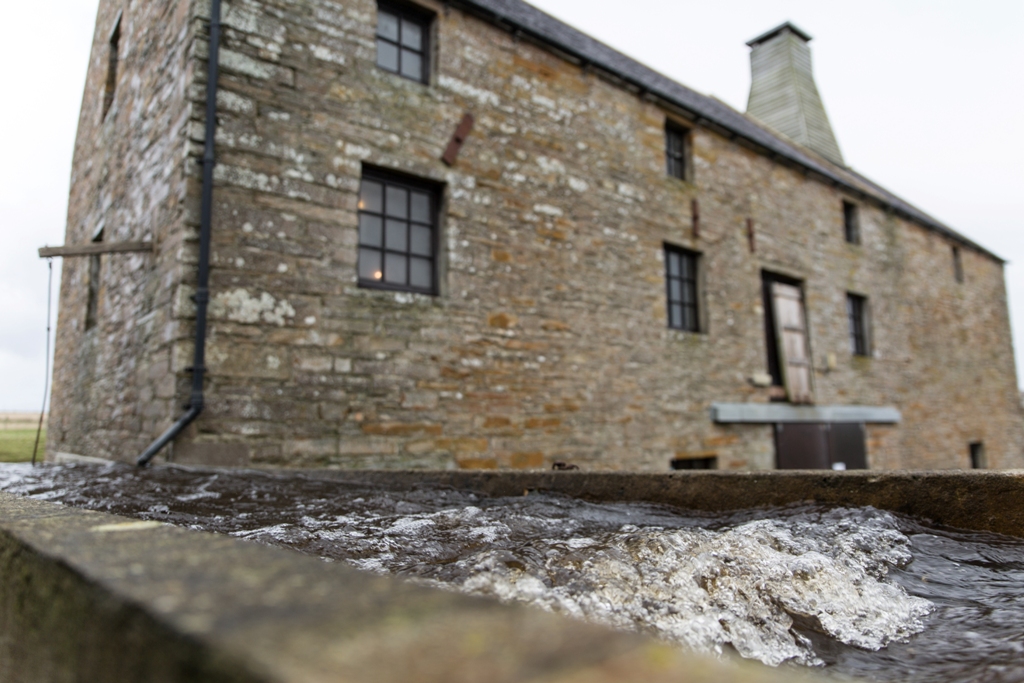
Bere’s “ancientness”, as Dr Martin describes it, is a big part of its appeal to food and drink producers, along with its strong Orkney provenance, but its flavour and other unique qualities are also a factor.
“Whisky producers, for example, feel that bere spirit matures a little bit quicker than spirit made from modern varieties of barley,” he says. “They also talk about more notes of maltiness and fruitiness in the whisky.”
With demand for bere showing no signs of slowing, this year’s bumper harvest is welcome news for the agronomy institute, which grows the bulk of the crop in Orkney, together with a small group of local farmers.
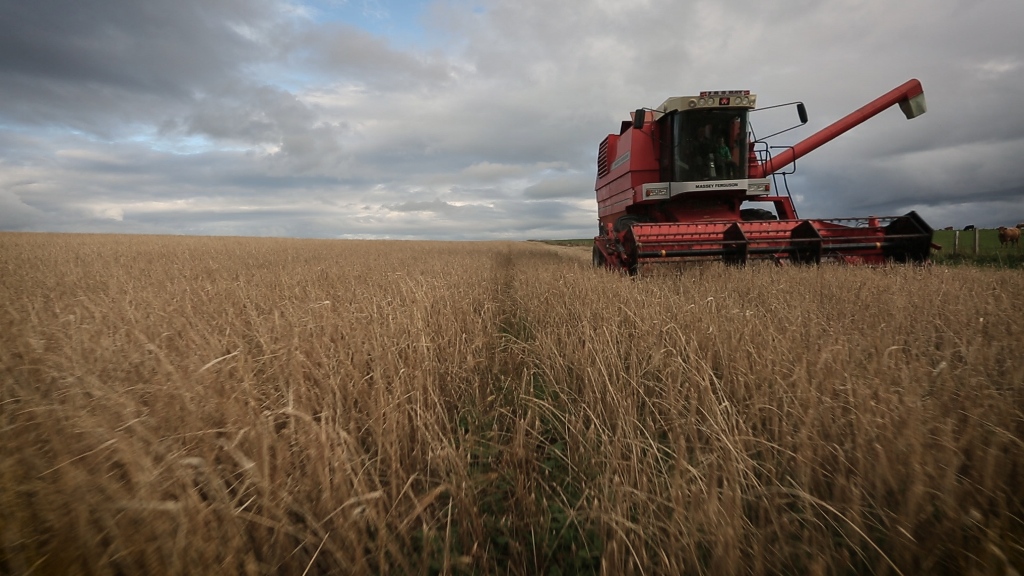
“For us it’s been an absolute record,” says Dr Martin. “We started harvesting on August 12, which is the earliest that we’ve ever harvested bere, but that’s a reflection of the really nice summer we’ve had.
“Bere also has quite a remarkable ability to produce a crop in quite a short growing season, so this year’s bere was harvested after 115 days of growth,” he continues. “Most modern spring barleys grown in Scotland would require at least two extra weeks of growth before being ready for harvesting.”
According to Dr Martin, the fast-growing nature of bere could be one of the main reasons it has remained in cultivation for so long in the north of Scotland.
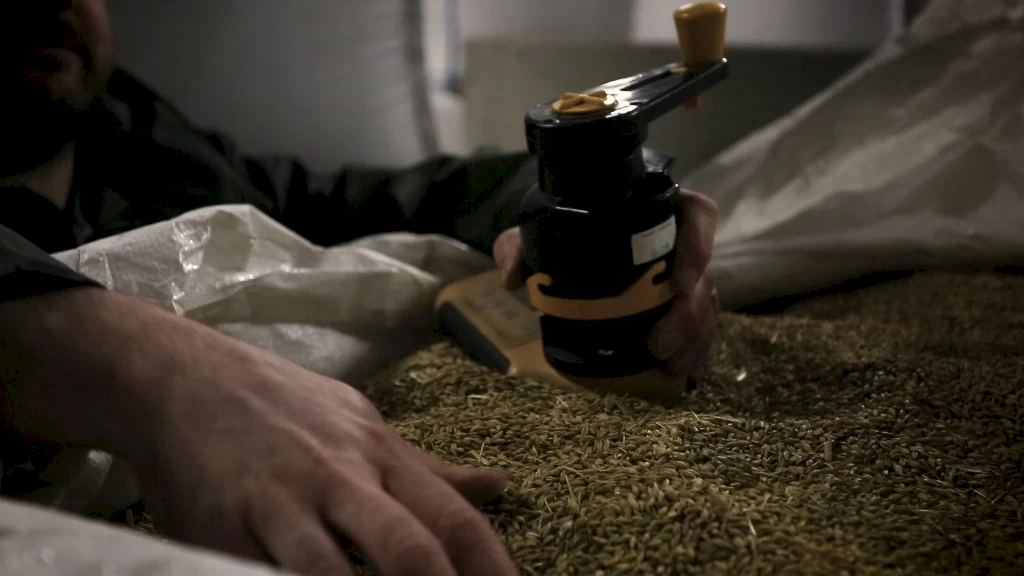
“To have a crop like bere that matures early would always have been tremendously important for farmers in this northern environment,” he explains. “We aim to produce between 50 and 70 tonnes a year and, while that’s not very much in terms of large-scale farming, it’s quite a substantial amount for bere.”
Bere’s special characteristics don’t just appeal to food and drink producers. More scientists are taking an interest in the crop, particularly with respect to its ability to grow in difficult soil conditions.
“We’re involved in research with collaborators at the James Hutton Institute (crop and land use experts) and the University of Copenhagen who are particularly interested in some of the characteristics of bere from locations where it’s grown on sandier machair soils,” says Dr Martin. “Bere from these locations has a remarkable ability to grow on high pH soils which are deficient in zinc, manganese and copper.
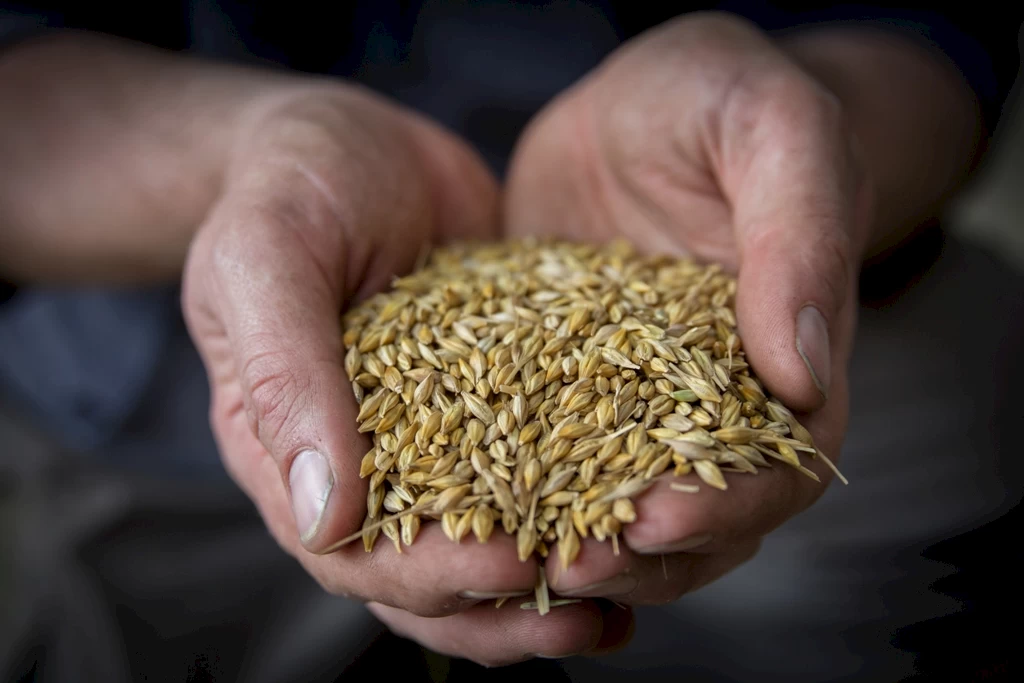
“This is a characteristic which seems to be restricted to bere and possibly just a few other very old varieties of barley. There’s the possibility in the future that some of these characteristics from bere could be transferred to modern varieties.”
Good news for the long-term future of bere then. And those bannocks.
Find out more about Orkney's food and drink sector via the Orkney Food and Drink website.
The Digital Orkney project has been part financed by the Scottish Government and the European Community Orkney LEADER 2014-2020 Programme.